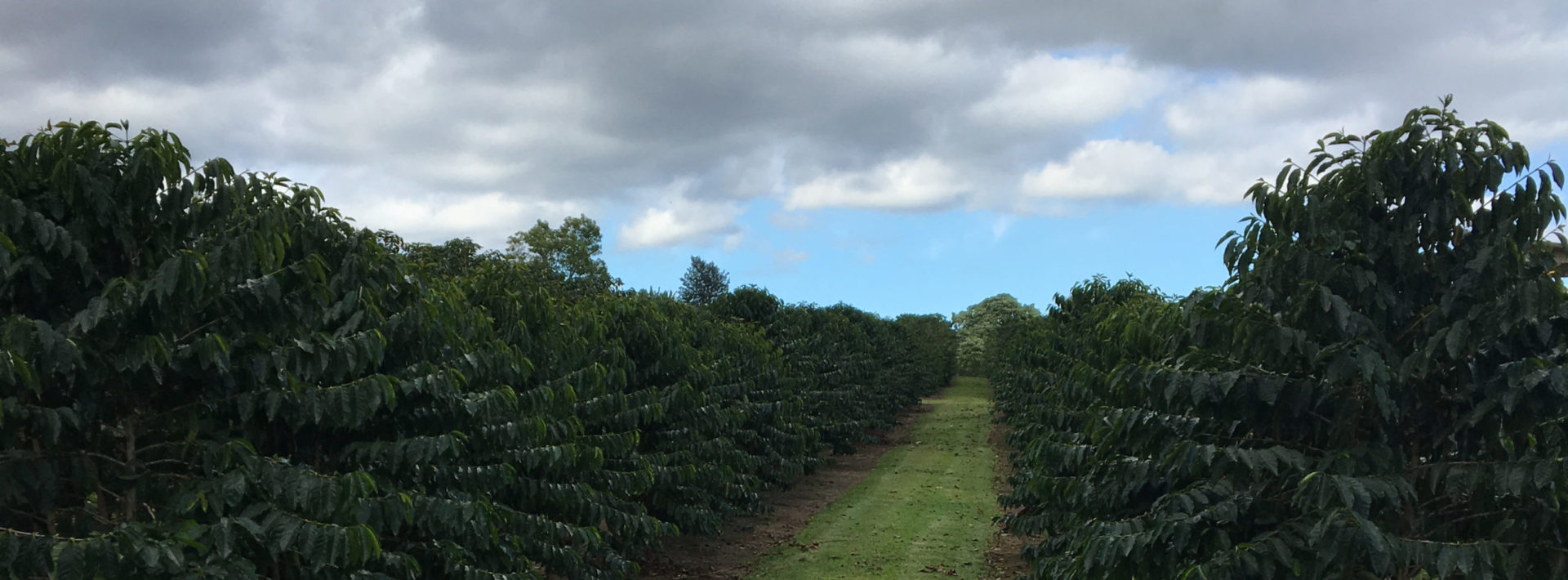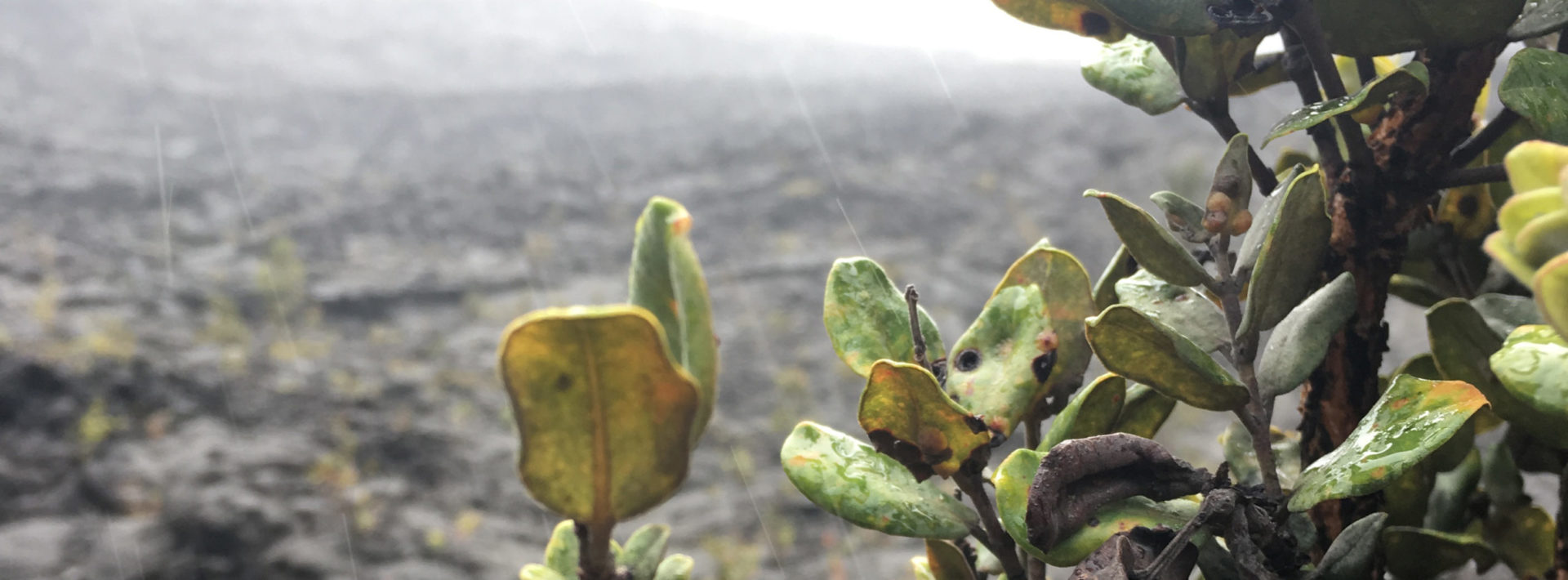TREX 2018 Day 3: Flying Drones and Tasting Coffee

By David Wu ‘19
This afternoon we visited to Ka’u Coffee Mill to collect image data of their crops and more importantly to sample their coffee and macadamia nut selection. Agriculture is an important part of Hawaii’s economy and is an industry that’s extremely sensitive to environmental conditions and management practices.

Ka’u Coffee Mill
Farmers use precision agriculture and remote sensing in order to optimize their crop production and revenue. Precision agriculture is the application of geospatial techniques and sensors e.g. geographic information systems (GIS), remote sensing, and GPS to identify and deal with variations in the field.
Remote sensing is often involved in the data collection, variability mapping, and decision making steps of precision agriculture. Remote sensing relies on the idea that differences in crop growth and soil condition can be detected through variations within the spectral responses. By using RGB and near-infrared cameras, one can detect changes in crop health before the symptoms are visible.
Unpiloted aerial vehicles (drones) are the most common remote sensing option because of their relatively cheap cost, high image resolution, and short fly time. This afternoon, we flew a drone over a small section of Ka’u’s coffee fields to collect some preliminary data. The drone is similar to other recreational drones except that it has an additional near-infrared camera.

Setting up the drone.
Through an app we drew out flight paths with desired elevations and flight speeds, and the drone collected and stitched images into a map of the region. While walking through the rows of coffee trees, I noticed that some trees were very healthy with plenty of dark green leaves, but others seemed to be sick with only a couple of yellowish leaves. Hopefully in analyzing the data we collected today, we will be able to identify if there are certain regions of sick trees and help Ka’u take care of these areas so they can continue to make delicious coffee!

Every year, a group of MIT students and professors travel to the Big Island of Hawaii to gain fieldwork experience through TREX (Traveling Research Environmental EXperiences). The first TREX trip was held in 2000, and since launching has taken students on research activities in domestic and international settings. For more undergraduate opportunities, click here.



